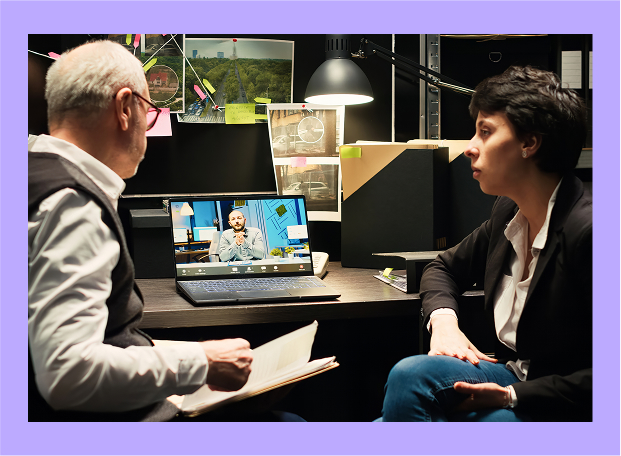The Infinity Saga: A Foundation of Heroes
The Marvel Cinematic Universe (MCU) stands as an unparalleled achievement in cinematic storytelling. This vast American media franchise originated from Marvel Studios, bringing to life iconic characters from Marvel Comics. It seamlessly weaves together numerous films, television series, and other media, creating a cohesive and interconnected narrative.
The MCU’s initial chapter, known as ‘The Infinity Saga,’ spanned three exciting phases. It began its incredible journey with *Iron Man* in 2008 and culminated with *Spider-Man: Far From Home* in 2019. This saga laid the groundwork for the expansive universe we know today.
It captured the hearts of millions worldwide. Globally, the franchise is the highest-grossing film series, having earned over $32.4 billion at the box office. Its intricate storytelling and compelling characters have established a unique benchmark in popular culture.
Entering the Multiverse: A New Era Begins
Following the monumental conclusion of ‘The Infinity Saga,’ the MCU embarked on its next ambitious chapter: ‘The Multiverse Saga.’ This new overarching narrative spans Phases Four, Five, and Six, introducing audiences to a concept that redefines reality itself. The multiverse is now a central theme, promising even greater stakes.
The idea of alternate realities and dimensions was first hinted at in *Doctor Strange* (2016). It was further explored in *Avengers: Endgame* (2019). These early glimpses set the stage for the profound impact the multiverse would have on the entire saga.
Now, multiple timelines and variant characters are at the forefront of the storytelling. This saga delves deep into the fabric of existence, presenting a collection of infinitely many alternate realities. It forces our heroes and villains to confront versions of themselves and face threats from across different dimensions.
Understanding the Multiversal Mechanics
The complexities of the Multiverse Saga revolve around several key concepts. Central to this is the notion of the ‘Sacred Timeline,’ which represents a carefully maintained primary reality. However, significant ‘nexus events’—critical choices or actions—can cause this timeline to branch.
This branching creates entirely new alternate realities. Initially, the Time Variance Authority (TVA) was tasked with safeguarding the Sacred Timeline by ‘pruning’ divergent branches. Yet, the events of *Loki*, particularly Sylvie’s decision to eliminate ‘He Who Remains,’ dramatically changed their mission.
The multiverse was freed, leading to the proliferation of countless new timelines. Under new leadership, the TVA now nurtures and observes these burgeoning universes, rather than prunes them. This shift has profound consequences, allowing for the emergence of various Kang the Conqueror variants.
These variants pose a grave threat, potentially causing ‘incursions’—devastating collisions where two universes smash into each other. It’s important to distinguish between parallel worlds and other dimensions within the MCU. A parallel world means entering an entirely different reality, complete with its own version of events and characters.
Conversely, another dimension signifies a distinct plane of existence within a shared reality. It often offers different magical or existential properties. For fans who want to dive deeper into theories or follow discussions about these intricate multiversal concepts across various languages, a tool like Doctranslate.io can be incredibly useful.
It helps translate fan wikis, international interviews, or even foreign-language comic snippets. You can explore the user manual to learn more. This ensures you fully grasp the global scope of the lore.
Journeys Through Alternate Realities
The multiversal concepts have been brought vividly to life across several prominent MCU productions. The series *Loki*, especially its first and second seasons, extensively explored the TVA and the ramifications of a fractured timeline. It showcased the intricacies of time travel and variant interactions in depth.
*What If…?* offered animated glimpses into alternate histories, presenting beloved characters in entirely new scenarios. These were shaped by different choices. This series truly embraced the spirit of parallel worlds, reimagining iconic moments with fresh perspectives.
It proved that even minor changes can lead to vastly different outcomes. Films like *Spider-Man: No Way Home* and *Doctor Strange in the Multiverse of Madness* directly plunged audiences into the chaos and wonder of parallel realities. These cinematic experiences introduced beloved characters from previous film iterations.
They also explored the dangerous consequences of tampering with the multiverse. The appearances of variants challenged existing notions of heroism. These stories highlight the incredible scope of the current Marvel Cinematic Universe storyline.
The Multiverse Unfolding: What Lies Ahead
The ‘Multiverse Saga’ is building towards an epic climax that promises to reshape the entire MCU. Future films like *Avengers: Doomsday* (2026) and *Avengers: Secret Wars* (2027) are expected to bring the full implications of multiversal collisions to the forefront. These events will undoubtedly test our heroes like never before.
As the narrative unfolds, the complexities of different versions of heroes and villains continue to evolve. The constant threat of multiversal collapse keeps audiences on the edge of their seats. The MCU remains a dynamic and expanding storytelling phenomenon, always pushing the boundaries of what’s possible.
Staying updated with all the interconnected storylines and new character introductions can be a challenge. Dive deeper into the multiverse by exploring fan theories or official announcements. What are your predictions for the grand finale of this saga?


Leave a Reply